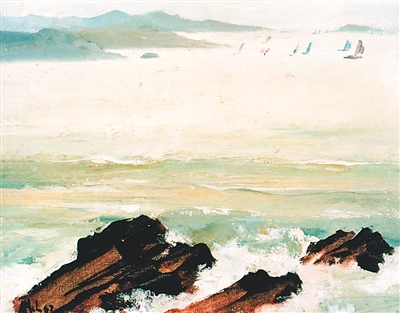Wu Zuoren: I still haven't left Suzhou
 |
|
|

Recommended reading
-
Sun Xiaoyun was elected Chairman of the 8th China Calligraphy Association -
People's Daily Online, Beijing, January 27 The two-day 8th National Congress of the Chinese Calligrapher's Association ended on January 27, with 296 calligraphy representatives from all over the country attending the meeting. The meeting produced the eighth chairman, vice chairman and director of the Chinese Calligrapher's Association
-
Famous Art Painting | Founding Ceremony: a classic oil painting with national style -
Good works of art can transcend the barriers of different times and bring people lasting spiritual experience. These works of art, like rich fragrance, will eventually become classics with the passage of time. The oil painting Founding Ceremony, created in 1953, is such an art classic
Recommended videos
Related news
-
The number of applicants in 10 days after the implementation of Suzhou's new talent policy increased by 711% year on year -
Hardening, Realistic and Taking Truth as a Teacher -- Pan Shixun's Sketch and Oil Painting -
Closed on Mondays! Before December 10, citizens of Quancheng can watch "Xu Beihong and his era" at their home -
Selected Chinese Painting Works of Suzhou Traditional Chinese Painting Academy -
"Colorful Suzhou" sketching activity officially opened -
Beihong's Mission: Family, Country and Times -
Mountains and rivers are different, wind and moon are in the same sky -
Suzhou Museum West will be completed and opened in 2021: to build the first museum school in China -
Suzhou Public Bicycle Rides Record High on May Day Holiday -
Suzhou Airport meets the market demand
-
comment -
follow





























